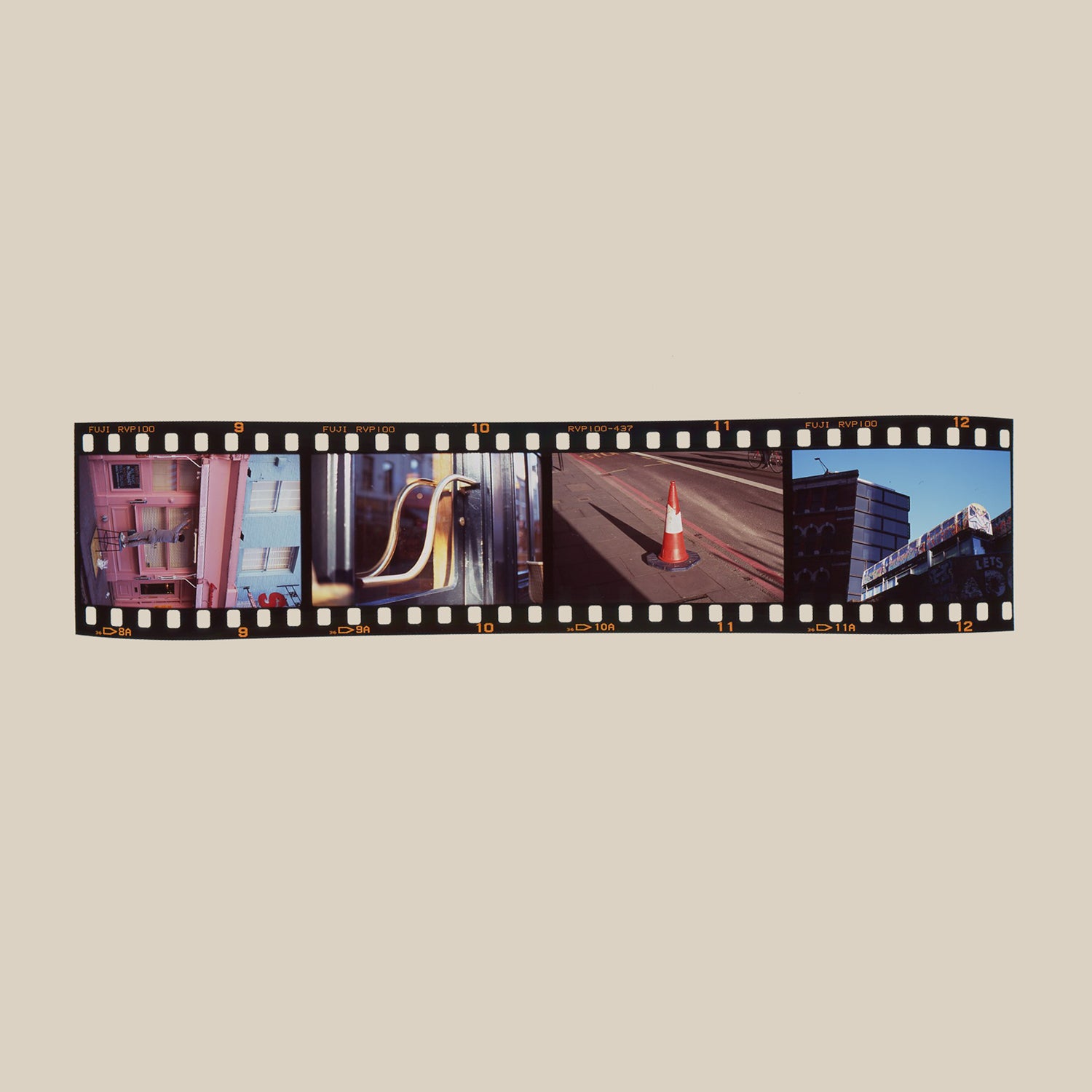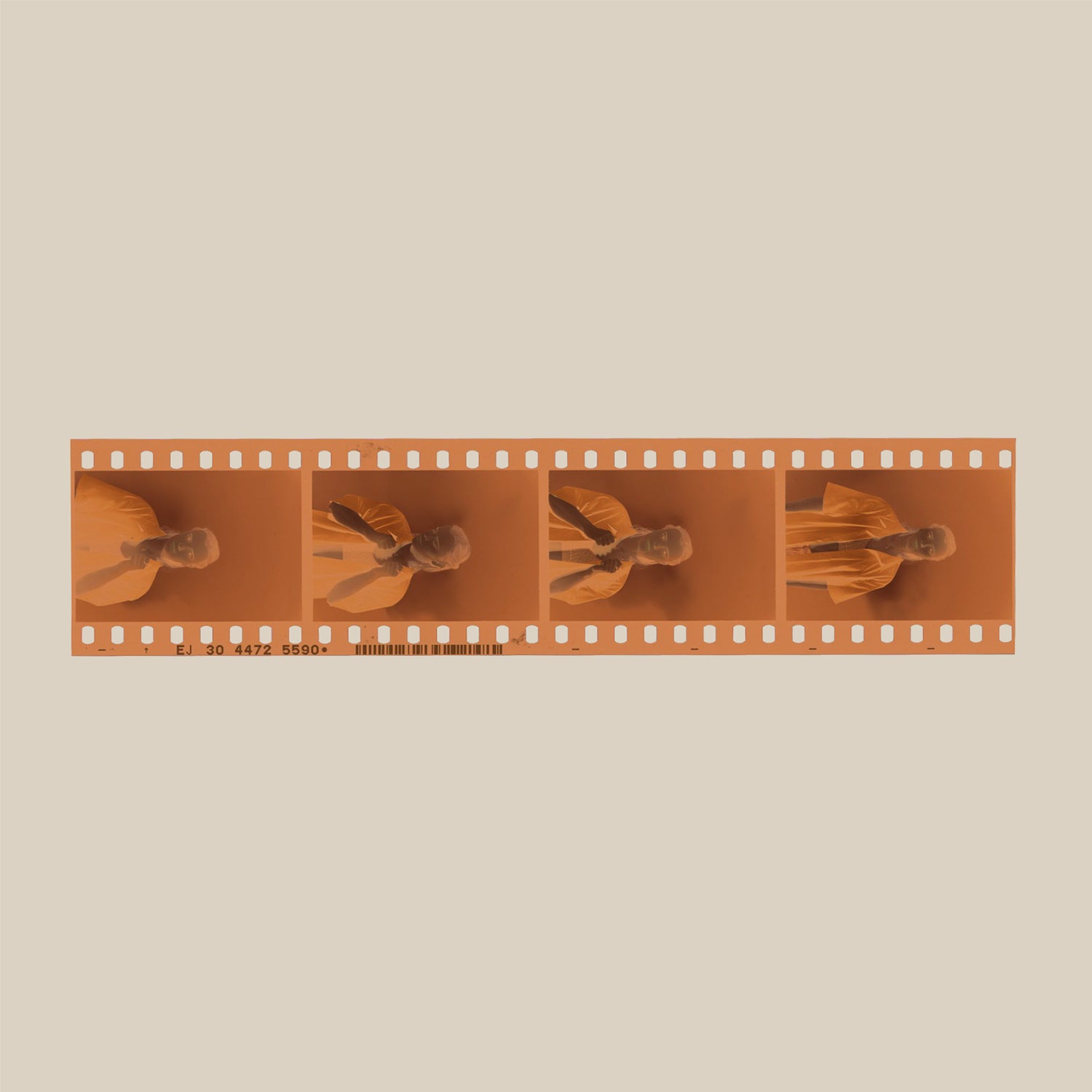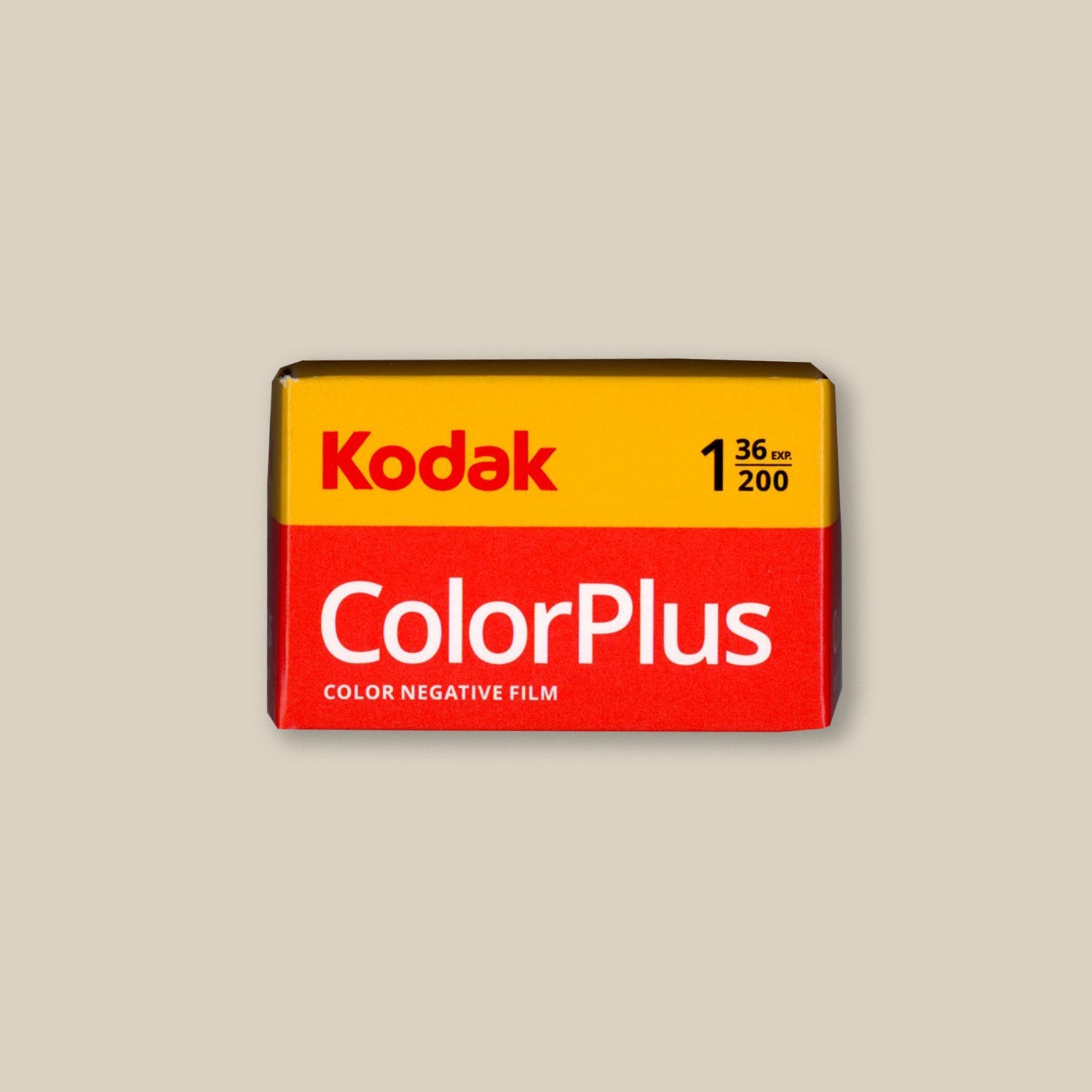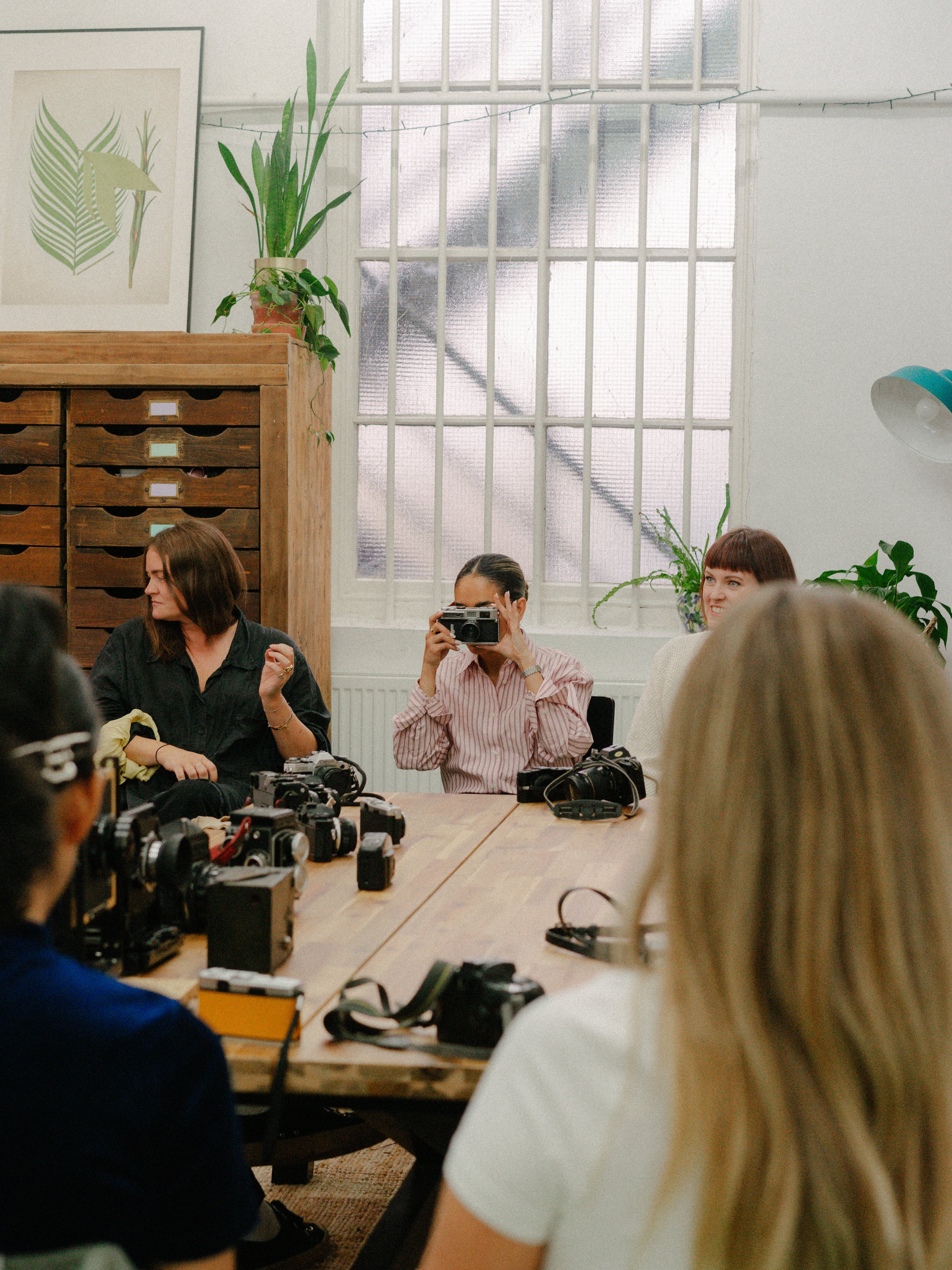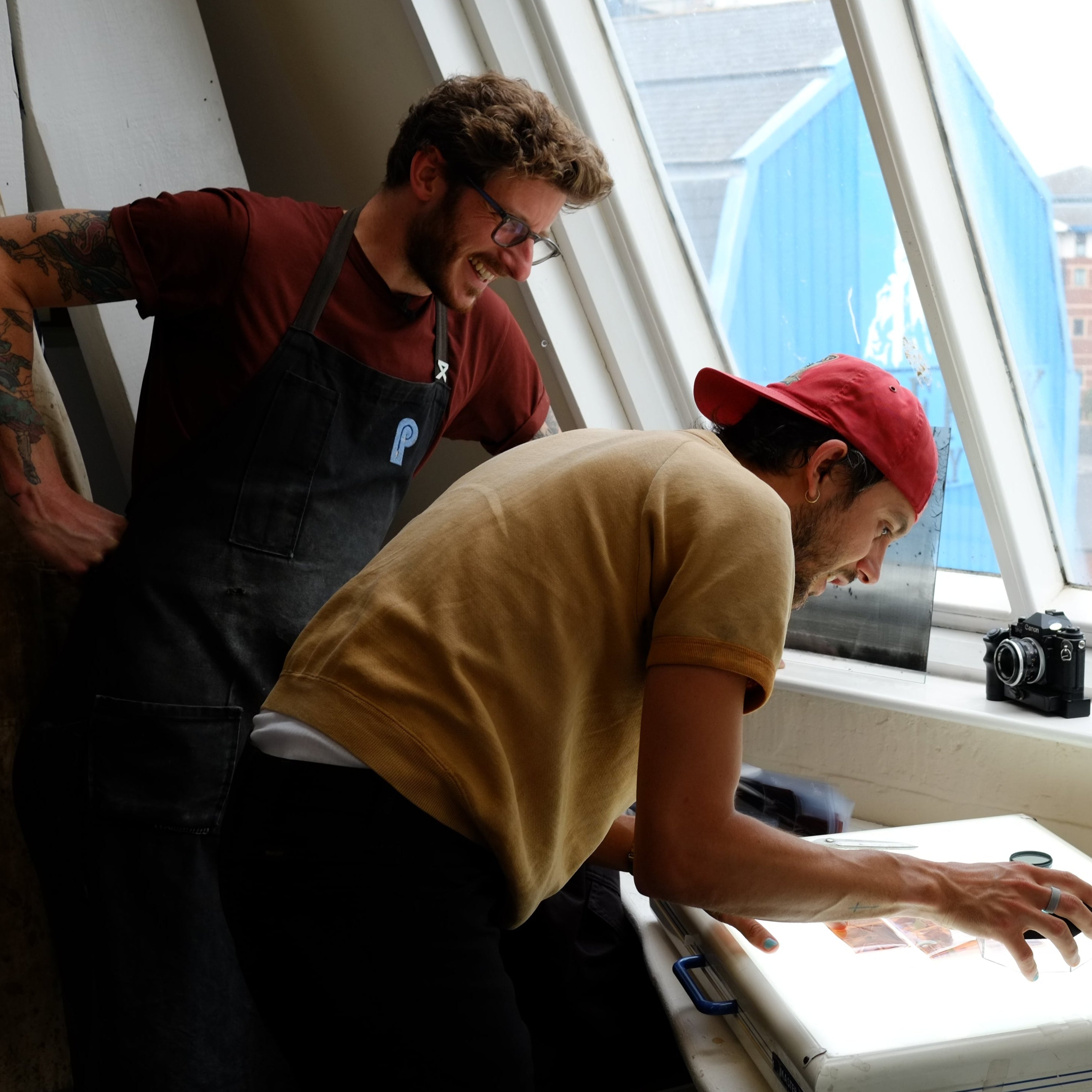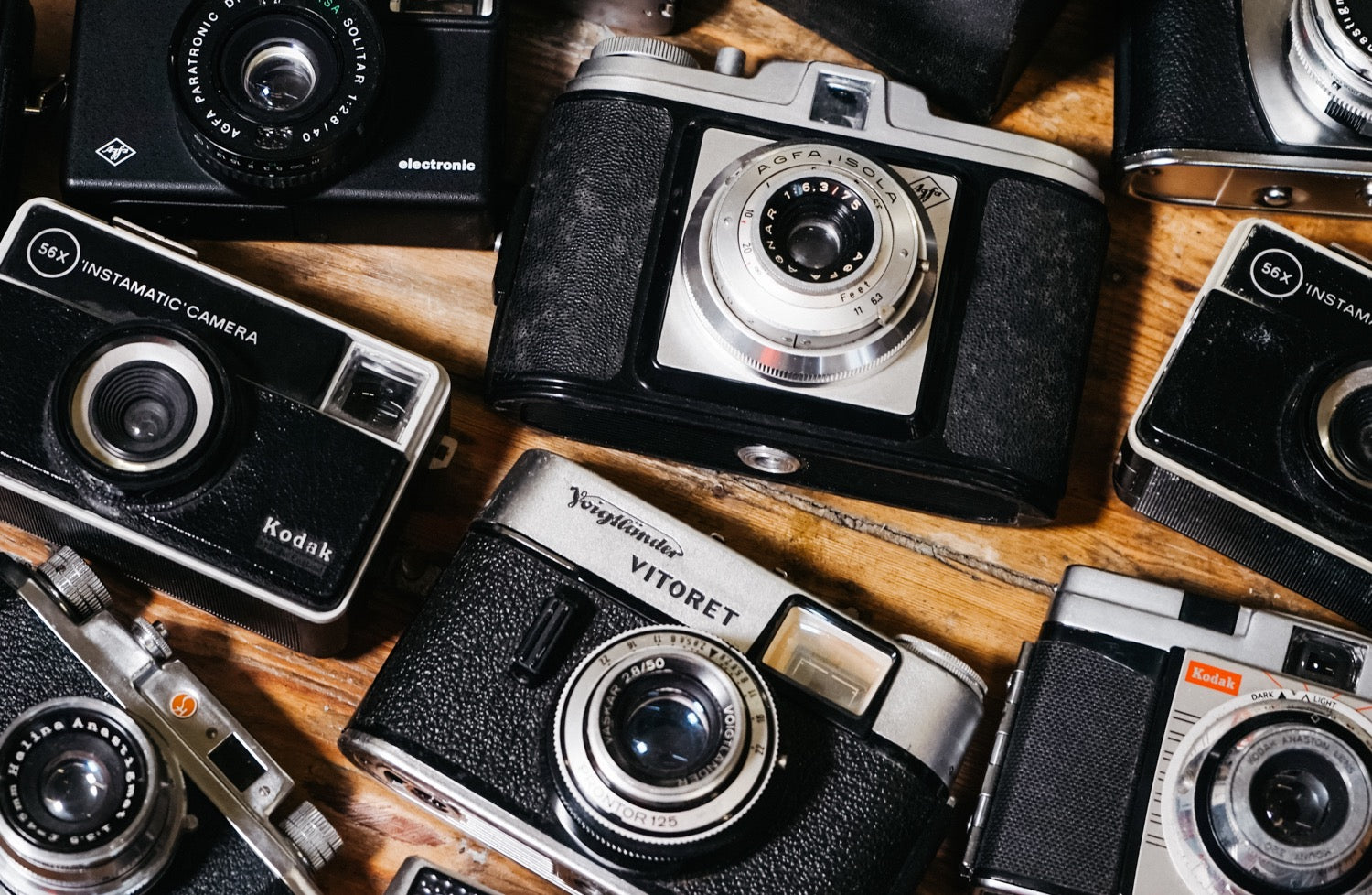

Top tips for taking care of your camera
If you're taking your film camera everywhere with you then it can easily start to take a bit of a hammering. To make sure your camera is kept at it's best, we asked our pals at West Yorkshire Cameras to give us their top tips on taking care of your film camera.

Cameras are built to be used, but they’re precision instruments on the inside.If you’ve ever taken one apart, you’ll know how many small cogs and springs it takes to make one work.
The most common reasons for cameras and lenses to stop working is because:
- Dirt in the mechanism
- Impact damage
- Fungus
- Battery corrosion
- Lack of use / age.
Keep it clean
Sounds simple enough, right? You’d clean your camera straight away if it got caked in mud or if some fingerprints appeared on the lens - but it’s not always so noticeable. Grime, dust, dirt and grease can build up over time and can work its way into mechanisms and optics. This not only hinders your camera from taking the best possible photos, but can reduce its lifespan. Sand is especially bad for cameras, so take precautions if you want to take yours down to the beach!
Wipe lenses and optical surfaces with a soft, clean lint-free cloth.Use a Skylight or UV protective filter to prevent scratches on your lens (even more important if your camera has a fixed lens!).
Clean the outside of cameras with a small brush (like an old toothbrush) and use cotton buds to get into the small nooks and crannies. For anything stubborn, apply a few drops of isopropyl alcohol to your cleaning medium, and wipe down thoroughly with a microfibre cloth.
You’ll be amazed (and disgusted) with how much gunk you can get off a camera that looks relatively clean.

This should go without saying but don’t neglect the strap. It’s the only bit stopping your camera from hitting the ground.
Always use a good quality strap, attached correctly. Don’t use shoelaces, string, or thin bits of chain. Make sure that you attach it correctly, threaded through the strap loops and not just tied in a knot. Use the correct split rings to attach to the strap to the lugs of your camera, and make sure they’re not bent or easily spun off.
Similarly…
Get a Brand New BagWhether you’re running for a train or pushing your way through the crowd at a festival, you’ll probably put your camera away in a bag. In a bag with all your other stuff. Chargers, pens, drinks and so on. Whatever junk you have in there is getting smushed up against your camera. It doesn’t take much to scratch a lens or break a switch.
Get a bag with dedicated padded inserts for your camera. You don’t have to get a dreadful dadcam-bag. Some of them are surprisingly stylish these days. You can even just get a padded insert and put it in your regular bag.

Squirrelled Away
If you know it’ll be a long time before you use your camera again (gotta wait for those Portra 400 restocks, right?) take a minute to put it away properly, and in the right environment.
Don’t store photographic equipment anywhere dark, humid, or prone to changing temperatures over the seasons. Changes in humidity and temperature can cause tiny droplets of condensation to form. This, combined with a lack of light will increase the chances of fungus to grow inside lenses and optics.
Batteries can leak acid if left in devices for a long time. The acid corrodes circuit boards and electrical connections, and can propagate throughout the camera. Take batteries out of cameras, flashes and light meters if you’re not going to use them - even for a few weeks or months.
We’d recommend keeping your equipment out on a shelf in the house where it’s more likely to be a stable temperature and with plenty of light.
Get Checked
Regardless if you’ve just bought your camera from a reputable dealer or have owned it for years, it’s always prudent to check it periodically or before you take it out again.
Certain materials perish over time and can cause issues - the most common is light seal foam. As you’d expect, this prevents light from entering the camera and ruining your film. It’s time to replace light seal foam if it is no longer keeping a firm shape, or bits are flaking off. Many sources online offer laser-cut light seal replacement kits which are self-adhesive.
Lubricants also dry out and become less effective through lack of use - and your camera is no exception. Simply firing the shutter, focusing the lens and going through the motions once-in-a-while is a good way to make sure your camera doesn’t seize up whilst it’s on the shelf.
Too much lubricant can also be an issue - check the aperture of your lenses regularly, and make sure they move easily and are not stuck together with oil. Oil can migrate from the grease inside the helicoid onto the aperture blades.




